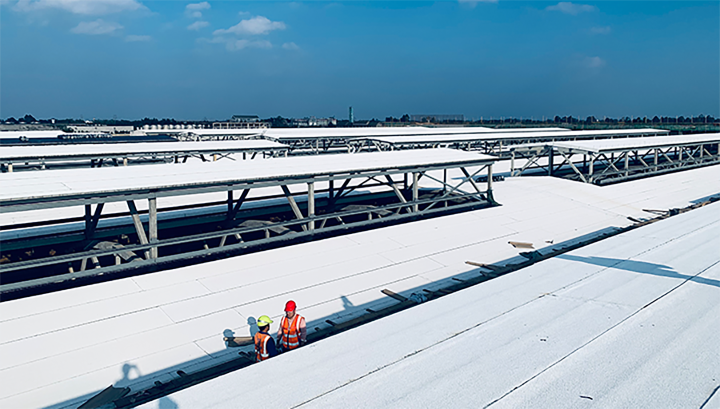
Ное . 07, 2024 06:21 Back to list
metal tile roof installation
Metal Tile Roof Installation An Overview
Metal tile roofs have gained popularity in recent years for their durability, energy efficiency, and aesthetic appeal. This roofing option combines the classic appearance of traditional tiles with the modern benefits of metal, making it an excellent choice for various architectural styles. If you're considering a metal tile roof for your home or building, understanding the installation process is crucial for ensuring a successful project.
Planning and Preparation
Before commencing the installation of a metal tile roof, thorough planning is essential. Begin by assessing the current condition of the roof. If you’re replacing an existing roof, it’s vital to inspect for any damage or decay in the underlying structure. It’s also important to verify local building codes and regulations to ensure compliance with any legal requirements.
Choose high-quality materials that suit your climate and aesthetic preferences. Metal tiles come in a variety of styles, colors, and finishes, so engage with a reputable supplier to find the best options for your needs.
Gather Necessary Tools and Materials
For the installation process, you will need various tools and materials, including
- Metal tiles - Underlayment (typically a high-quality, water-resistant membrane) - Edging and flashing materials - Fasteners (screws or nails specifically designed for metal roofing) - Safety gear (gloves, goggles, and harnesses) - Basic tools (screwdriver, hammer, measuring tape, level)
Having everything ready before starting the installation will streamline the process and reduce unnecessary delays.
metal tile roof installation

Installation Steps
1. Remove the Old Roof If you are replacing an existing roof, start by removing all old shingles or tiles. Take care to check and repair the underlying structure, ensuring it is sound and ready to support the new roofing material.
2. Install the Underlayment Lay down a waterproof underlayment over the entire roof deck. This layer adds extra protection against moisture and is particularly important in areas prone to heavy rainfall or snow.
3. Install the Metal Tiles Begin at the lowest point of the roof and work your way upward. Align the first row of metal tiles and secure them using the recommended fasteners. Ensure that each tile overlaps the one below it to prevent water infiltration.
Continue this process, making sure to stagger the seams between rows for additional water resistance. Adjust the tiles as needed to fit around roof features like chimneys or vents, using flashing to ensure these areas are watertight.
4. Finish with Edging and Flashing Once the tiles are installed, apply metal edging along the roof perimeter for protection against the elements. Install flashing around any roof penetrations (like chimneys, skylights, or vents) to create a seamless waterproof barrier.
5. Final Inspection After completing the installation, conduct a thorough inspection of the roof to check for any loose tiles or potential weak spots. Address any issues immediately to ensure a durable and long-lasting roofing solution.
Conclusion
Installing a metal tile roof can enhance the protection and aesthetic appeal of your home. While the process requires careful planning and execution, the outcome is a stunning, low-maintenance roofing system that can withstand the test of time. If you feel uncertain about undertaking this project yourself, it’s wise to consult with a professional roofing contractor to ensure proper installation and maximize the benefits of your investment.
-
Energy-Efficient Rooftop Cooling Sheets & Ceramic Tiles for Heat Reduction
NewsMay.19,2025
-
Average Cost to Replace Asphalt Shingles Per Sq Ft & Roof Estimates
NewsMay.19,2025
-
Mud Tiles for Roof Durable & Eco-Friendly Clay Roofing Solutions
NewsMay.19,2025
-
Dimensional Fiberglass Shingles Durable 3D Roofing for Style & Longevity
NewsMay.18,2025
-
Average Asphalt Shingle Roof Cost 2023 Replacement & Sq Ft Pricing
NewsMay.18,2025
-
New Roof Shingles Losing Granules? Durable Solutions & Prevention Tips
NewsMay.17,2025







